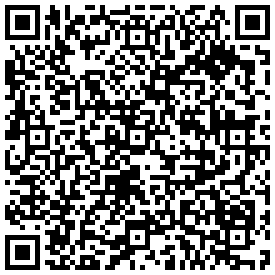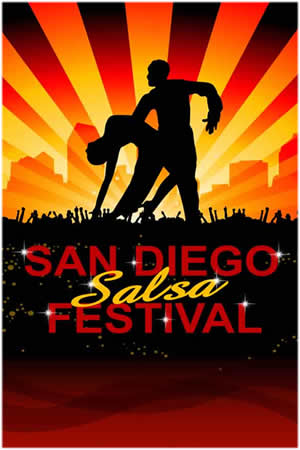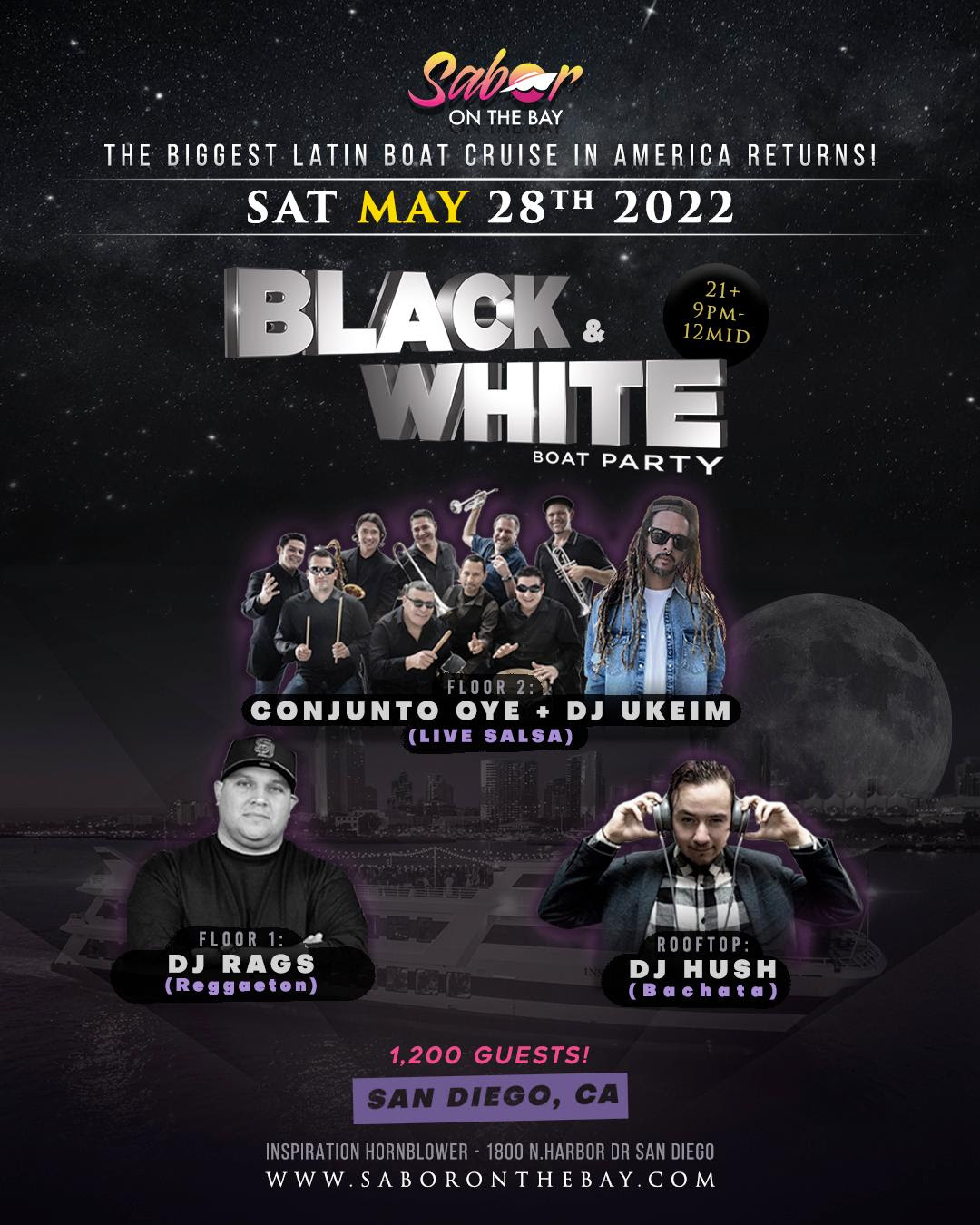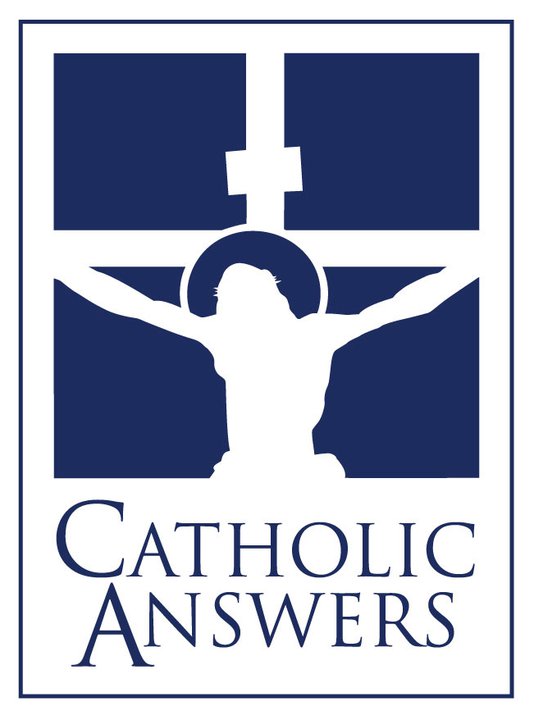
Here in San Diego, California many people are unfamiliar with the Brazilian dance known as samba. Indeed, I have to admit that I too share in this unfamiliarity with the high energy dance from Brazil. Although there may be places to visit for samba dancing here in San Diego, those venues typically don’t get the same exposure as salsa and tango dancing venues.
We all recognize, though, the distinctive sounds and dress typical of Brazil’s Carnaval celebrations (it’s hard not to notice the headdresses and seductive movements associated with the dance). I also think we can all appreciate the high spirited and exuberant happiness that the dance can bring to people.
One individual here in San Diego is doing her part to promote samba dance and to bring the joy of the dance to everyone. I recently spoke with Jazz Baptiste, Master Brazilian Dance Instructor, about what is happening in samba today here in San Diego.
—————————-
Ritmo Bello : Thanks for taking some time to talk to the Ritmo Bello audience about what’s new in samba dancing for San Diego. Samba seems like an up and coming dance here locally in "America’s Finest City". What do you offer to people in San Diego that want to learn more about samba dancing?
Jazz Baptiste: We offer samba dance classes throughout the week plus dance workshops with master instructors. We also do dance presentations and events.
Ritmo Bello: Tell me a little about how you started your organization. Did you grow up dancing samba?
Jazz Baptiste : I started dancing samba in 2003 when introduced to it at a local nightclub. The drums were intoxicating, the music was lively and joyful, the samba dance was energetic and sexy and I wanted to learn more. I was hooked from the first night. I began learning about the dance, the music and culture. In the fall of 2003 I started dancing samba professionally. A year later I was teaching samba around town and started my own samba dance performing group, Alegria Samba School . Since 2004 it has been my mission to share my joy of samba dance with San Diego and beyond.

Ritmo Bello: I know that Samba has roots in Brasil. Where exactly does samba dancing come from though?
Jazz Baptiste: The samba (or Mesemba) which means "to pray" is an Afro-Brazilian dance from Bahia, Brazil. It is derived from a dance called the Lundu, The West African slaves, Portuguese songs and Indian rituals. When different body motions and carnival steps were added to the dance, it was called the "Zemba Queca", described as a graceful Brazilian dance. In the early 1900’s the Mesemba was mixed with the Maxixe (Brazilian tango) to become known as the Samba.
Ritmo Bello : I understand that there are different types of samba dancing. What is the difference between samba no pe, samba de gafieira, samba pagode, and other types of samba?
Jazz Baptiste: Samba no pe is the faster Carnaval type samba usually danced to the fast batucada drum beats of samba de enredo or Carnaval samba. Samba de gafieira is the Brazilian ballroom samba which mixes Brazilian tango or Maxixe with samba music. Samba pagode is a slower samba sometimes danced with partners and sometimes solo that moves to a slower tempo samba beat. Samba rock is combines samba and rock music making for a very modern music and dance style. Samba de roda is samba danced in a circle. A group forms and individuals go into the center of the circle and do solo samba dances and then select someone else to take their place in the middle.
Ritmo Bello: How difficult is it to learn samba dancing? What types of steps are involved in the dance?
Jazz Baptiste: Samba is a more challenging dance to learn than others such as salsa, but not impossible. Your footwork moves to a 1 and a 2 beat while your hips are on a 1/2 beat hitting every other two matching the surdo drum of the batucada. For people who have a dance background it is a little easier to pick up samba because they are already used to rhythm dancing. For pure beginners I recommend patience and consistency in order to get a comfortable handle on the samba dance, which is normally reached after about 3 months.
Ritmo Bello : Apart from Samba dancing what other types of dancing are you proficient in?
Jazz Baptiste: I am a professional dancer and instructor of Belly dance, Latin dance including: Salsa, Merengue, Cha Cha, Bachata and Rumba, Ballroom dance, Afro-Brazilian dance and ballet. I have been dancing and training for over 20 years.
Ritmo Bello : Anything else you’d like to share with general public?
Jazz Baptiste: Samba is not just a beautiful dance and cultural experience but it also an amazing workout. Samba keeps people in shape and also brings out a great joy from within. Everyone should give samba a try at least once in their lives.

Ritmo Bello: How can the Ritmo Bello audience reach you if they want to find out more information about your organization?
Jazz Baptiste: For more information on Brazilian Samba dance classes and events go to the San Diego Salsa and Latin Dancing Meetup Group . You can also visit my website at www.jazzbaptiste.com . People can also send us an e-mail at info@jazzbaptiste.com
Ritmo Bello: Jazz, thank you for your time and for bringing more samba events to the San Diego area!








